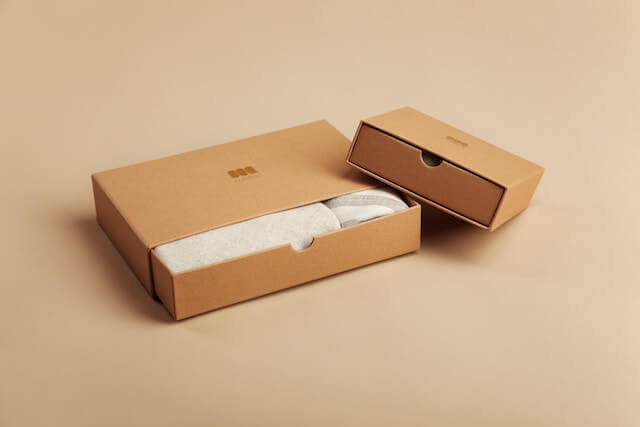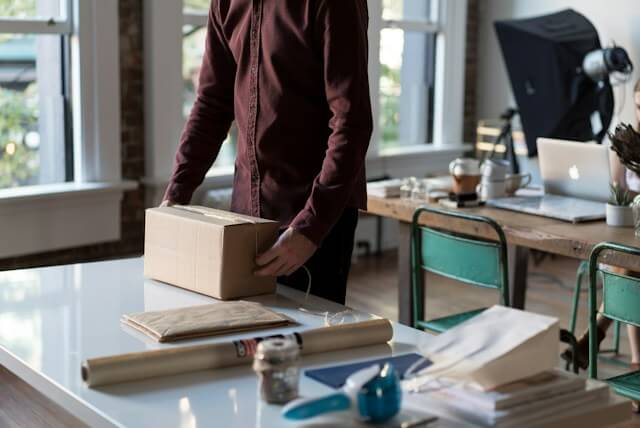Last Updated on January 25, 2024 by Mubashir Rafique
Whether you receive complaints about your packaging or you just want to improve your delivery experience for your customers, you have to pay attention to protecting your items during shipping. Besides making sure that your products reach consumers in one piece, it also improves the presentation of your business.
But even when you know your expected endgame from the process, it can be difficult to decide where to start with it. To assist you on this path and help you grow your business, here’s a quick guide on safeguarding your products in transit.
Choose the Right Box Size
You don’t have to brainstorm different shipping business names to know which box size will better fit your products. Instead, remember the golden rule for every item you package: maintain some space on the sides of your shipments. When your products aren’t fixed to the sides of the box, they steer clear of absorbing the brunt of impact during transport.

Perform Stress Tests on Your Packaging
From a drop test to a vibration test, perform a variety of simulated challenges on your packaged box to see how it holds up against shipping environments. This approach is especially helpful for fragile items, but it’s also beneficial for other consumer goods, like skincare and kitchen utensils. While these tests may cost some money, they save you from unnecessary expenses and reputational damage that result from poor shipping and handling.
Don’t Cut Corners when Choosing Materials
While it’s good to keep an eye on your bottom line with the help of business accounting services, you have to learn not to obsess over saving money during critical processes. For example, when you have to buy quality boxes to package your items, you should take it as an unavoidable expense instead of going for cheaper boxes that do not offer the same strength during shipping. This helps avoid potential losses during transit.
Put Each Item in Its Own Wrapping
If you pay attention to shipping slogans, many of them focus on maintaining the integrity of packaged items. Take a leaf out of their book and make it a point to wrap each item carefully before putting it in the packaging box. If you’re shipping multiple items to the same customer, wrap each product individually. This prevents friction and possible breakage between items.

Packing Material is Your Friend
Packing materials are an added expense to your packaging, but apart from giving your customers some sensory satisfaction from popping the bubble wrap and playing with packing peanuts, these materials also protect your products from impact. As a result, you need to use them whenever required. You can also use a digital flier maker to create gorgeous leaflets that you can put in the box.
Upgrade Your Box For Heavier Items
Once again, you do not have to chant transport slogans all the time to know that the heavier your item is, the stronger a box it needs. This is also different from the box size. Even if your product can fit in a smaller box, it might be too heavy for the box’s material and could damage the box during transit. If you want to stay away from shipping mishaps, you should keep this practice in mind.
Use Strong Tape to Secure the Box
If you ship your packages yourself, you may have plenty of experience buying materials like packing tape. But to let your box hold its own during shipping, you need to look for stronger products like strapping tape instead. It gets better: Strength is not the only benefit that strapping tape brings to the table. Similar to custom product labels, strapping tape also has an improved visual quality that can appeal to your customers.
After going through these tips, you can feel better equipped to protect your products during shipping. By keeping an eye on customer feedback, you can also know if your changes are working or if you need to make more modifications to the process.
